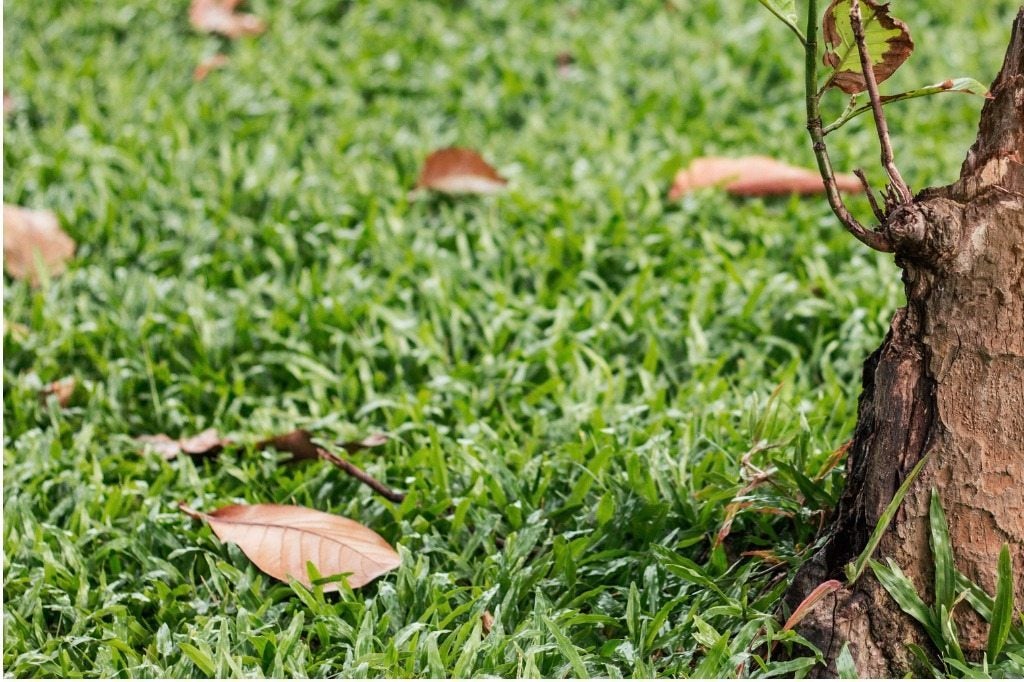Bay Tree Leaf Drop: Why Is My Bay Losing Leaves


Whether it’s trained to be a topiary, a lollipop, or left to grow into a wild and hairy bush, bay laurel is one of the most impressive looking among the culinary herbs. Although it’s pretty sturdy, once in a while you may run into trouble with dropping leaves. Read on to learn about bay trees dropping leaves.
Reasons for Bay Tree Leaf Drop
When it comes to culinary herbs, there are none so noble or tidy as the bay laurel. This stately Mediterranean native doesn’t need a lot to keep it happy. It’ll do well planted in a large pot or in the ground, so long as it’s protected from frost. In fact, many growers have no problems with their bay trees for years, then suddenly they discover their bay tree leaves falling off! There are a few common causes for a bay tree dropping leaves, so don’t worry just yet. Bay laurel is, by its nature, an evergreen, so dropping bay leaves may seem like a big deal when it occurs, especially if those leaves turn yellow or brown before they drop. Often, there’s a simple fix for a bay tree dropping leaves, here are some common reasons why this occurs: Normal leaf shedding. If your tree is otherwise healthy and thriving but drops yellow leaves sometimes, it’s nothing to worry about. Leaves aren’t meant to last forever. In fact, they’re disposable food factories, even for evergreens. As long as new leaves replace the old ones, your plant is probably just experiencing normal signs of aging. Overwatering. Many plants from the Mediterranean have adapted to soils that don’t hold moisture well. This means you’ll need to adjust your watering accordingly. Instead of leaving the soil waterlogged or even on the wetter side of moist, you’ll want to let the top inch or two (2.5-5 cm.) of the soil dry out completely before you water your bay. Overwatering can lead to root rot, especially if you leave your potted plant in a saucer between waterings. Underfeeding. Bay trees in pots are often underfed, but you can remedy this right now by picking up a general purpose 5-5-5 fertilizer and working it into the soil around your plant. If you prefer to feed with compost, feed your plant more frequently and see if that helps turn the leaf drop around. Cold damage. Cold snaps are surprisingly damaging to plants, even long after winter has passed. As your bay is producing new leaves in the spring, you may notice sudden yellowing or browning of leaves before they drop. Bay is very sensitive to low temperatures and can experience damage when the temperature drops below freezing, 32 degrees F. (-5 C.). Next year, do more to protect it from the cold or bring it inside if possible. Take good care of it and it will recover.
Sign up for the Gardening Know How newsletter today and receive a free copy of our e-book "How to Grow Delicious Tomatoes".

Kristi Waterworth was a regular contributor to Gardening Know How for many years, answering countless queries on plant pests and diseases.